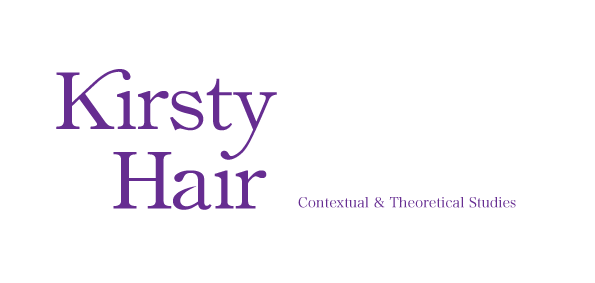The Uncle Sam Range (1876) Advertising Image by Schumacher & Ettlinger, New York
Poster by Savile Lumley (1915)
Looking at both of these images you can see they are both very different, yet have a lot of similarities. The purpose of "The Uncle Sam Range'' poster was to persuade people to buy a cooker, however, it appears more to be selling an aspirational lifestyle through this 'All American' brand. The poster by Savile Lumley, released in 1915 during World War I, was targeted at men to persuade them into joining the army, as they didn't have enough troops at the time. The aspirational lifestyle appears to come across in this too, saying that you need to fight to deserve it. The potential audience would have been middle class men as they had houses and families that they wouldn't want to go to war and leave, unlike other workers who had nothing to lose.
The method of persuasion was by using children to play on the audience's heart strings. It is as though the poster is set in the future and the child is reading through history about the war, and is asking what her father did. It shows that your children will learn about the war, so what did you do? The guilt comes from not being able to tell your children what you did because you didn't go to war. The child is looking at her father and he is looking out to the audience as if he is in fact asking them the question. In the ''Uncle Sam'' poster, they try to persuade the audience in a different way. The target audience for the product would most likely have been of the middle class, as they would want to buy products like this to make themselves feel wealthy. The advertisement is a celebration of America's wealth to show how far they have come in one hundred years, since the war of Independence began on July 4th 1776. The dates 1776 and 1876 appear on the clock face in the image.
The main focal point of the piece is the character of 'Uncle Sam'. He is wearing clothing of the American flag, signifying that he is a representation of America, and as he sits central in the image to shows that his country sees itself as the most important. This patriotic element continues through to the bald eagle sat on his shoulder, which is the National symbol of America. This sense of patriotism is similarly identified in the war poster. The toys that the boy is playing with are soldiers wearing the colour red to symbolise fighting for the queen and country. Also, the roses on the curtains and the pattern on the chairs symbolise royalty.
The choice of the words 'Great War' glorifies it to make it sound more important and that everyone who did fight is important. There are more subtle elements to the Uncle Sam image that convey important messages through type. The children sat at the table have been allocated the names Dixie, West and England. Dixie and West, meaning the South and West of America, appear dispatched from England. This could also be to show America's independence. The world is represented as a character being fed at this dinner party, hence the type 'Feeding the world by the aid of The Uncle Sam Range'. The world is holding a bill containing food orders of the other countries, which is very stereotypical of what they eat. It is as though they are laughing at the other countries, saying that American's can eat whatever they want. The servant also suggests wealth as many people wouldn't have been able to afford one.
Both posters have very different purposes, yet still communicate the sense of patriotism and the aspirational lifestyle, in their own ways. They both would have been very effective in persuading the audience at the time of publication.


